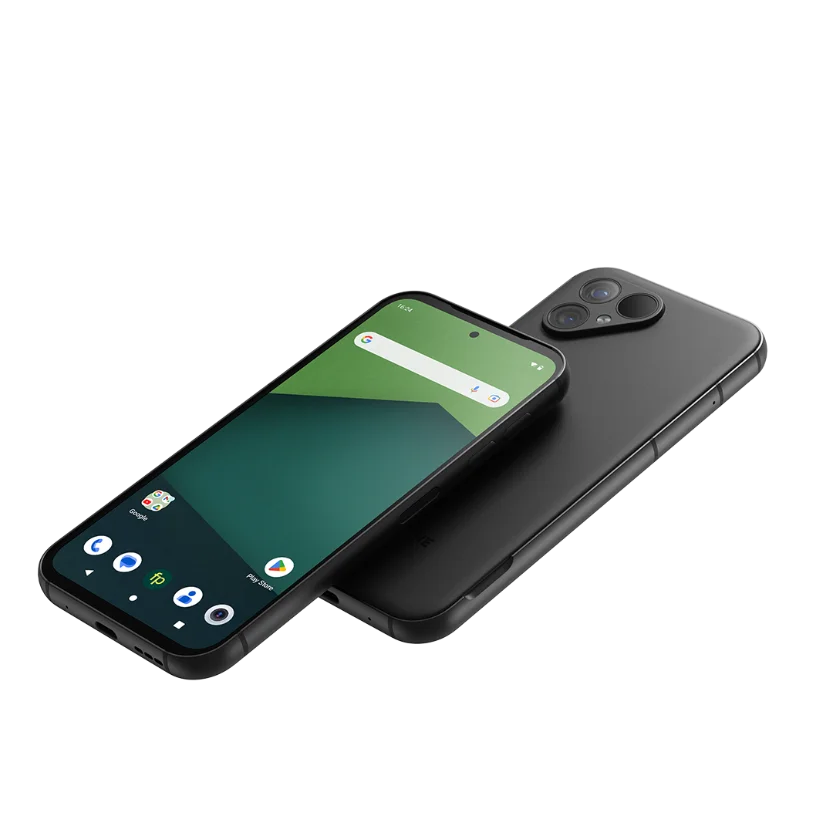I don’t like smartphones. I use a dumbphone.
But this is a wonderful initiative.
This is a 50% DoD and is considered best possible practice to prevent lithium-ion dendrite formation.
Updoot for good advice.
Proof:

What did you actually gain here? With my Pixel 7 it looks almost the same with 3.1% capacity loss per year without taking any special care of my battery. Is my phone an outlier or does it just not matter? And I almost exclusively charge with wireless.
If you don’t mind clarifying, what do you mean by DoD?
Depth of Discharge, sorry – 0 to 100 would be a 100% depth (the entire battery), 30 to 80 is 50%.
What kind of software creates this plot?
Looks like AccuBattery.
Missed opportunity to call it “AkkuBattery” for all the dual language pun enjoyers out there 🎩
ThanCC!
The really nice thing is that the larger phone batteries get the more you get to use at 50% depth of discharge. My phone is 5,000 mAh and so I get to use 2,500 mAh of it. Once average phones start getting 5,500 mAh, that will mean I will be able to use 2,750 mAh. 250mAh may not sound like a lot, but it can go a decently long way.
This is a 50% DoD and is considered best possible practice to prevent lithium-ion dendrite formation.
Not entirely true. “Best possible” would be left plugged in and charged to 50%. Next best would be 49-51%. Then 48-52% and so on.
Also it’s not that difficult or expensive to swap a battery and not really worth the stress, in my opinion.






